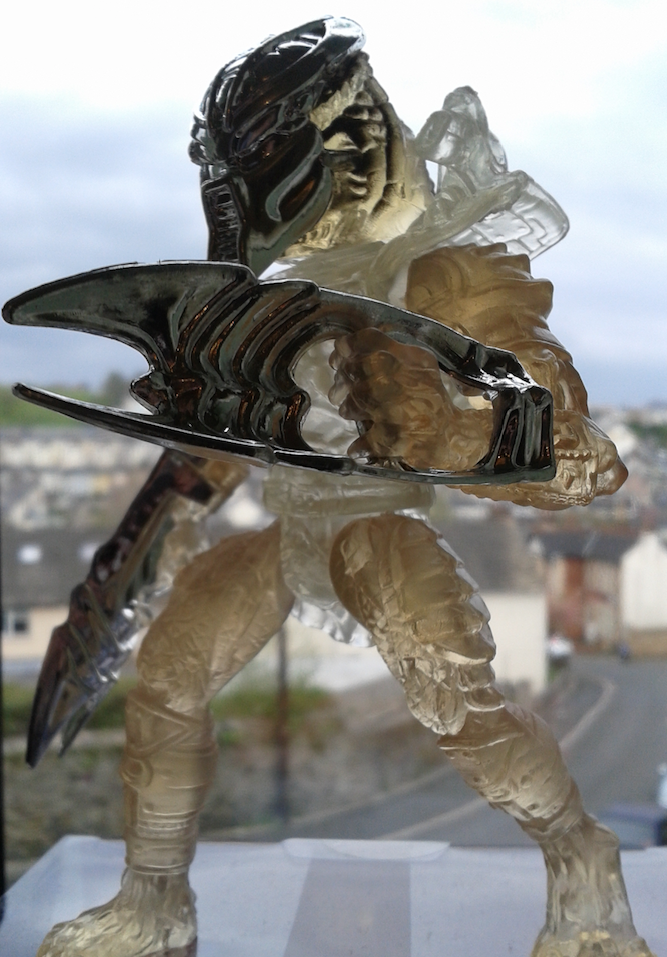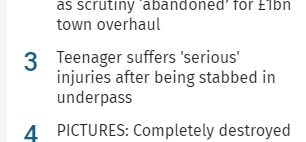

Banks and his colleagues found that, of 42 herbivorous prey animals in their database, 36 had horizontal pupils.

On the other side of the spectrum are the weird rectangular pupils of goats, sheep, horses and some toads. “This is the right arrangement to maximize stereo and blur as cues to distance simultaneously,” Banks said. In other words, the ideal shape is narrow horizontally and wide vertically - precisely the arrangement of a cat’s eye. And to maximize blur for horizontal lines, the pupil must open wide from top to bottom. To maximize blur, the pupil must open wide. To judge horizontal distances, though, cats and other slit-pupil predators likely use blur, Banks said. Thus, Banks said, the vertical pupil provides the best view for stereopsis. The other method, blur, takes advantage of the fuzziness of objects behind and in front of the spot on which you’re focusing.Īs it turns out, the side-to-side displacement used in stereopsis is easier to gauge using vertical lines and contours than it is with horizontal ones.

That “jump” you see is the distance used in stereopsis.) (Hold out your finger, focus on it and close each eye in succession. In one method, stereopsis, the brain compares the distance between the two images returned by each eye to gauge depth. There are two ways to gauge depth without moving. Ambush hunters need to be very good at gauging depth so they can effectively leap out at their prey. The reason for this correlation most likely has to do with the mechanics of the eye, Banks told Live Science. (The team left out birds and fish in order to limit the complications of varying visual environments.)Īmbush predators, like many cats and snakes, were most likely to sport vertical-slit pupils, particularly when those animals were active at night. Then, they analyzed the pupil shape of each species in relation to the animal’s foraging habits and day or nighttime activity. To find out if there was truth behind the casual observations, Banks and his team assembled a database of 214 land-based species. The observation that predators tend to have vertical pupils and prey horizontal ones dates back to the 1940s, but no one had ever quantified that difference, said Martin Banks, a vision researcher at the University of California, Berkeley. Moreover, circular pupils tend to be found on tall, active predators that are awake during the day. The new research doesn’t only demystify the housecat, however it also reveals that the bizarre horizontal, rectangular pupils sported by goats and sheep likely help these prey animals scan the horizon for predators - and watch the terrain when sprinting from danger. Most likely, this pupil shape provides the sharpest way to gauge distance for a prey-snatching leap, the study found. Vertical-slit pupils are most common among nocturnal predators that ambush their prey, according to the new research, published today (Aug. Have you ever wondered why your cat’s eyes have those creepy vertical slits for pupils? A new study suggests the reason may lie in cats’ preferred mode of hunting.


 0 kommentar(er)
0 kommentar(er)
